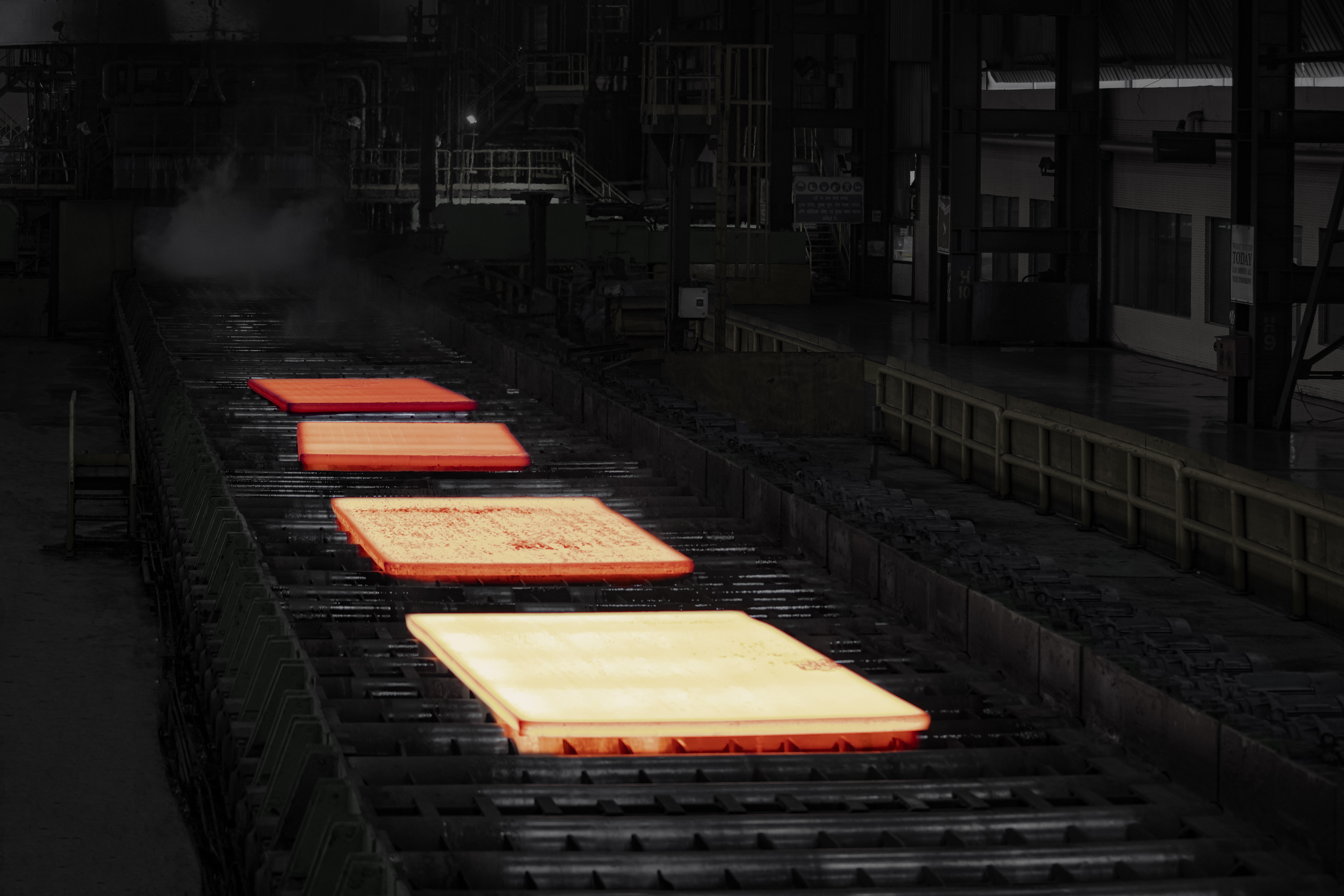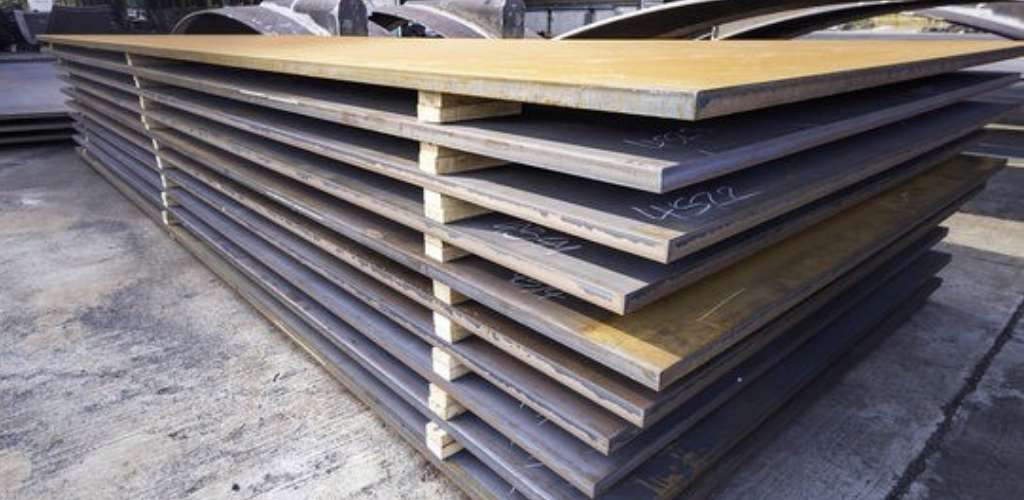
Your Guide to Heavy Duty Steel Plates and Their Thickness
Thickness is a very important parameter when choosing steel. The right thickness means considering the durability, strengt, and performance.
The right thickness can be the difference between a successful project and an average project and a great project, between one that lasts long and one that lasts reallly long.
What is this Thickness?
The thickness influences its strength, weight, and load-bearing capacity.
The thickness is measured using the folowing methods:
- 1. Guage Measurement: This is a traditional system where numbers are given to different thicknesses. The numbers' values vary depending on the type of metal.
- 2. Ultrasonic Thickness Testing: This type of non-destructive testing is used for measuring the thick plates.
- 3. Capiler Measurement: This method involves the use of a caliper tool to determine the plate's thickness.
- 4. Micrometer Management: Used for measurements in specialized industries.
What are Heavy Duty Steel Plates?
A heavy duty steel plate can stand firm against additional weight and extreme conditions. They find wide applicaions in construction, machinery, and mining.
They are ideal when projects need extra toughness, like supporting large structures, handling vibrations, or surviving corrosion and weather changes.
These steel plates stand out because they can last longer compared to other steel plates.These are demanding applications, hence they need the heavy-duty steel plates.
Common Applications
Heavy-duty steel plates are used in:
- 1. Bridges and Buildings
- 2. Oil and gas platforms
- 3. Railways and shipbuilding
- 4. Industrial equipment and trailers
In these sectors, strength is not a bonus; it's a requirement. That's why selecting the right plate steel thickness matters.
Thickness Based on Application
The required thickness depends on how the steel will be used. For example:
- 1. 1mm to 5mm: Used for car body paneling and metal sheets for roofs.
- 2. 5mm to 10mm: For storage tanks, marine vessels, and structural support.
- 3. 10mm to 20mm: Industrial platforms and load-resistant components.
- 4. 5. 20mm to 50mm: Mining components, industrial pipes, and boiler tanks.
- 50mm to 100mm: Offshore drilling applications, for armor plates, and nuclear reactors.
Thinner plates, like mild steel plates, may be enough for lighter applications. But when strength is critical, thick, heavy-duty options are the smarter choice.
Mild Steel vs Heavy-Duty Plates
Mild steel plates are softer and more flexible, which makes them suitable for general fabricaton. These plates can be welded and shaped easily, but they cannot give your structure their much-needed resistance.
Heavy duty steel plates are made from stronger alloys and have higher carbon content. That means they can handle more stress without bending or breaking.
Why Thickness Can't Be Ignored
If the steel plates are too thin, they can crack under pressure, and the ones too thick can be counterproductive and add unnecessary cost or weight, That's why understanding he thickness is vital during selection.
Whether you're working with mild steel plates or going for a heavy duty steel plate, knowing the thickness you need saves time, material and risk.
Conclusion:
Steel plates come in different forms, but their thickness is what truly decides how effective they'll be. For projects that demand strength and long-term performance, AM/NS India has the steel plates you need.
If you're sourcing materials, make sure to ask suppliers about the exact thickness you require, it can make all the diference in both safety and success.
Explore our latest Post



